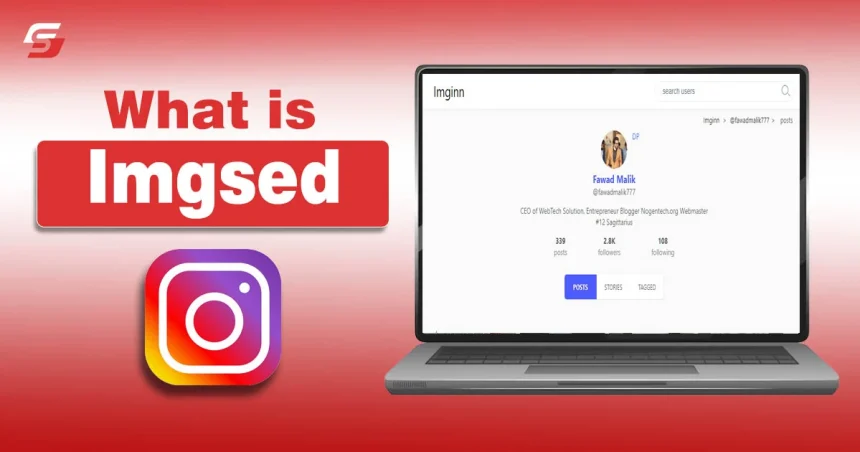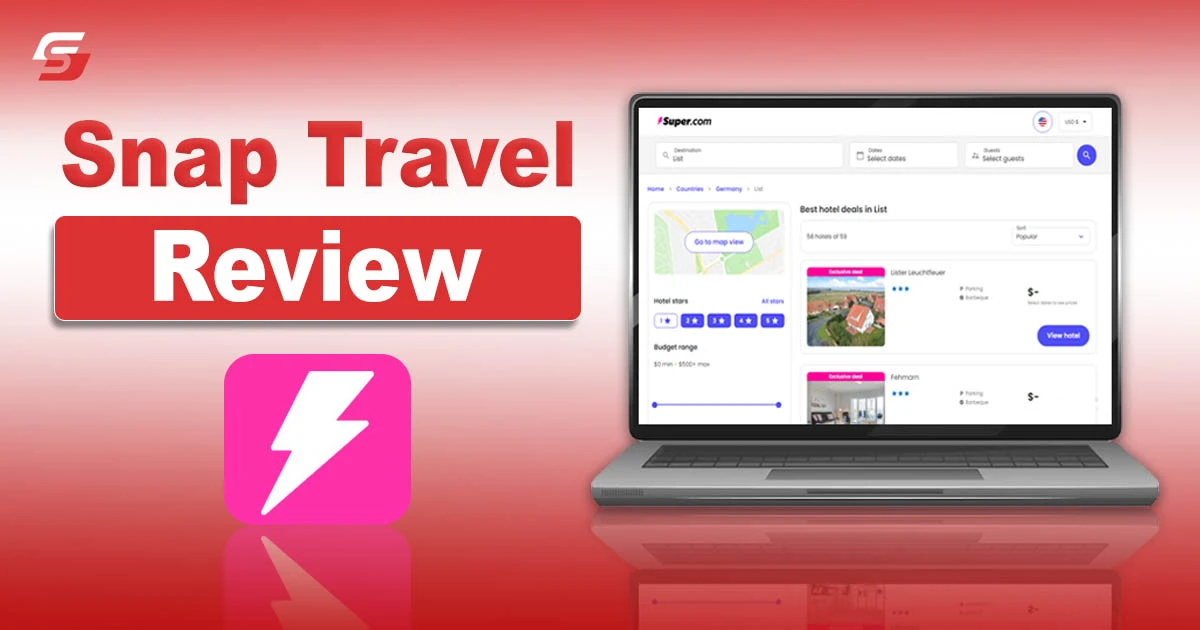Latest Contents:
10 Types of Graphic Design Skills and Jobs Profile
When we hear the term graphic design, each of us has a…
Highlight Stories
How Many Minutes in a Month? The Exact Answer Explained
We all deal with seconds, minutes, and hours in almost every day of our lives. But have you ever wondered…
Business
All Stories
Entertainment
All Stories
Net Worth
Latest Contents on Stuffablog
What Does GRWM Mean? Why Everyone Is Using It on TikTok
If you’ve ever scrolled through TikTok or Instagram and seen the term “GRWM” popping up in video titles or captions,…
Who is Marco Chacon – A Complete Biography of Scientist
Dr. Marco A. Chacón is a well-known scientist who has done important work in the field of biotechnology. He has…
Diana Ross Net Worth in 2025 – How Rich Is the Music Legend Today
Diana Ross is an American actress and singer who became a highlight in the limelight in 2019. When a movie…
Benefits of UI UX Design Services for Small Businesses
Small businesses must utilize every tool available to build a memorable online presence, and UI UX design services are among…
Addison Rae Net Worth in 2025 – Early Life and Source of Income
Addison Rae is an American TikTok star, singer, and actor who gained a national and international fan following through video…

































